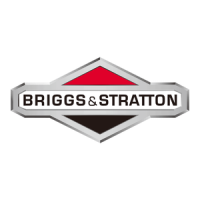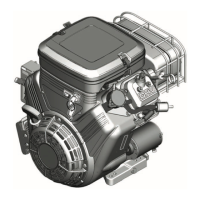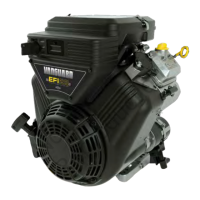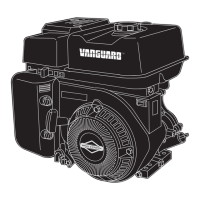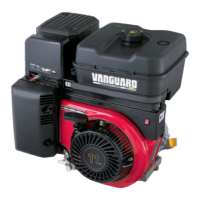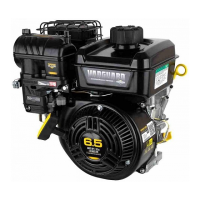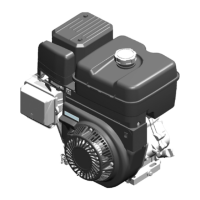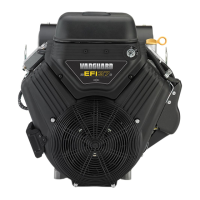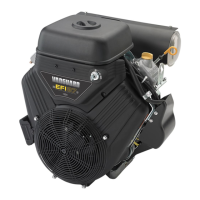Do you have a question about the Briggs & Stratton Vanguard 350000 and is the answer not in the manual?
| Compression Ratio | 8.5:1 |
|---|---|
| Starting System | Electric Start |
| Governor Type | Mechanical |
| Shaft Orientation | Horizontal |
| Engine Type | 4-stroke |
| Power Output | 18.0 hp (13.4 kW) at 3600 RPM |
| Oil Capacity | 1.7 L (1.8 qt) |
| Ignition System | Magnetron |
| Shaft Type | Straight |
| Emissions Compliance | EPA and CARB Compliant |
